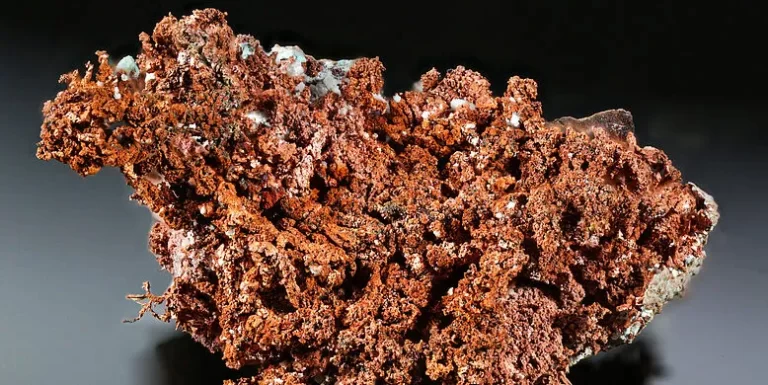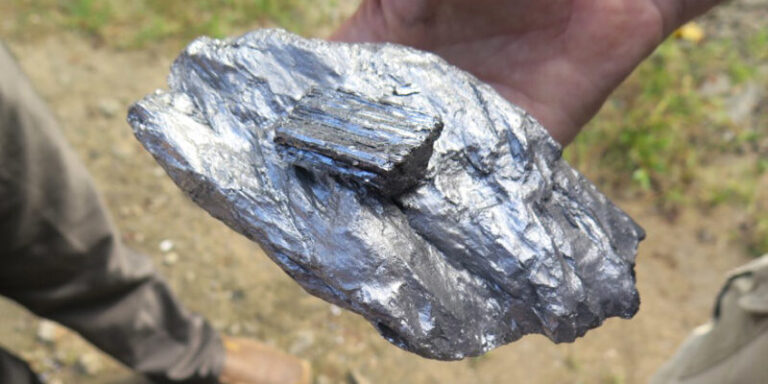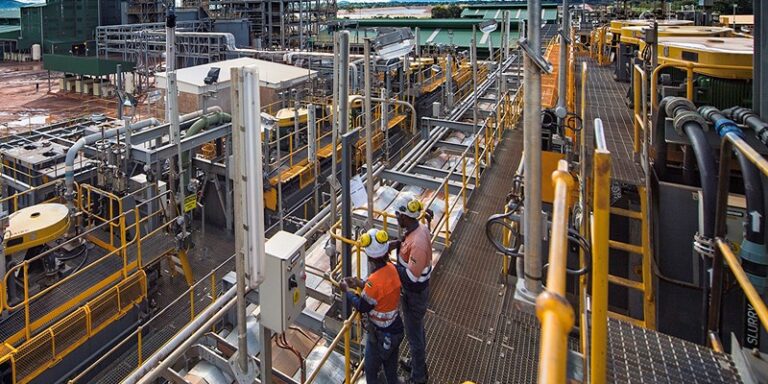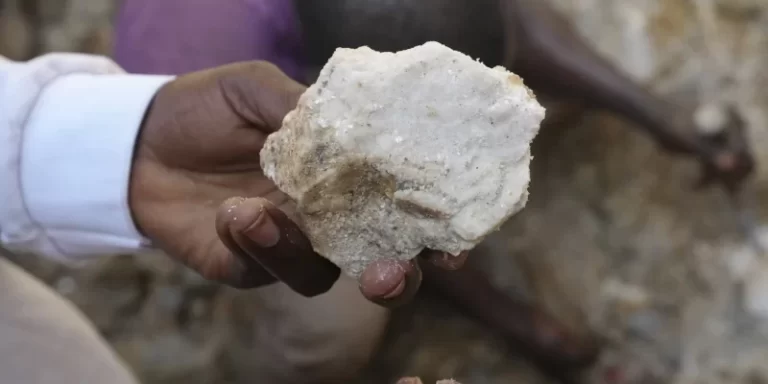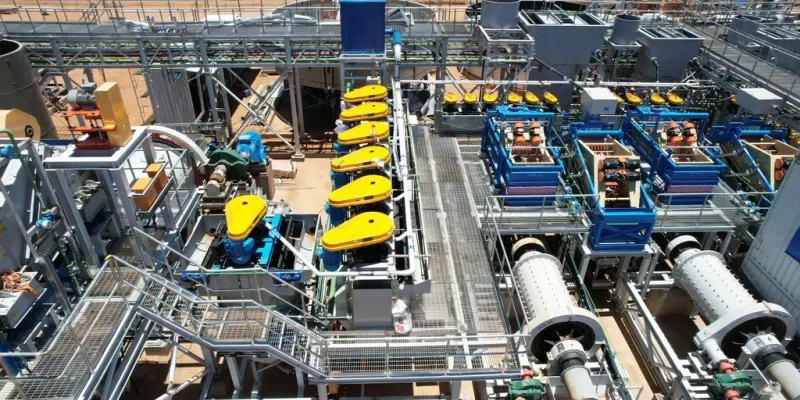
NextSource Materials remains committed to scaling up and expanding operations at its Molo graphite mine in Madagascar, despite ongoing market challenges.
The Canada-listed company, led by CEO Hanré Rossouw, is strategically balancing production with demand to ensure long-term economic viability.
The Molo mine construction was completed in early 2023, with commissioning beginning in March. While the company has yet to declare commercial production, it has been refining operations since first producing graphite concentrate in June 2023
. Process enhancements have included upgrading final product dryer equipment and replacing finished-product screens following a third-party assessment.
In October 2024, NextSource successfully exported its first full container loads of high-quality, on-spec coarse flake graphite concentrate from Madagascar’s Port of Tulear to customers in Germany and the US.
These shipments, delivered under existing sales agreements, cater to industries such as refractory materials, graphite foils for consumer electronics, and fire-retardant applications. Verification is ongoing to ensure compliance with commercial sales specifications.
Despite delays in reaching full-scale production, the company prioritises plant optimisation to maintain output while controlling costs.
NextSource acknowledges the impact of weaker-than-expected electric vehicle (EV) demand and increased Chinese supply, which have driven natural graphite prices down in 2024.
However, the company remains optimistic about long-term fundamentals, citing industry projections that forecast significant demand growth between 2025 and 2030, fueled by the expansion of lithium-ion battery production.
According to Benchmark Minerals Intelligence, an estimated 97 new graphite mines will be required by 2035, with supply shortages potentially lasting up to two decades unless production diversifies beyond China.
NextSource highlights that graphite comprises over 95% of lithium-ion battery anodes, underscoring its critical role in the battery supply chain.
Future Milestones and Expansion Plans
For the 2025/26 financial year, NextSource aims to:
- Ramp up Molo’s production capacity to 15,000–17,000 t/y of SuperFlake graphite concentrate.
- Officially declare commercial production.
- Expand its customer base and sales channels.
- Provide formal guidance on production, revenue, and operating costs once Molo reaches commercial production.
Additionally, the company is advancing its battery anode facility (BAF) in Mauritius, with an environmental impact assessment underway.
The facility, designed for an initial output of 3,600 t/y of spherical, purified graphite (SPG) and/or coated SPG, has already received key equipment.
Further expansion efforts include plans for additional BAFs in the Middle East, notably a proposed facility in Saudi Arabia.
A technical study has confirmed feasibility for an initial 20,000 t/y production capacity, with the potential to scale up to 100,000 t/y through phased expansion.
Despite near-term challenges, NextSource remains focused on strengthening its position in the global graphite supply chain while strategically expanding its operations.


